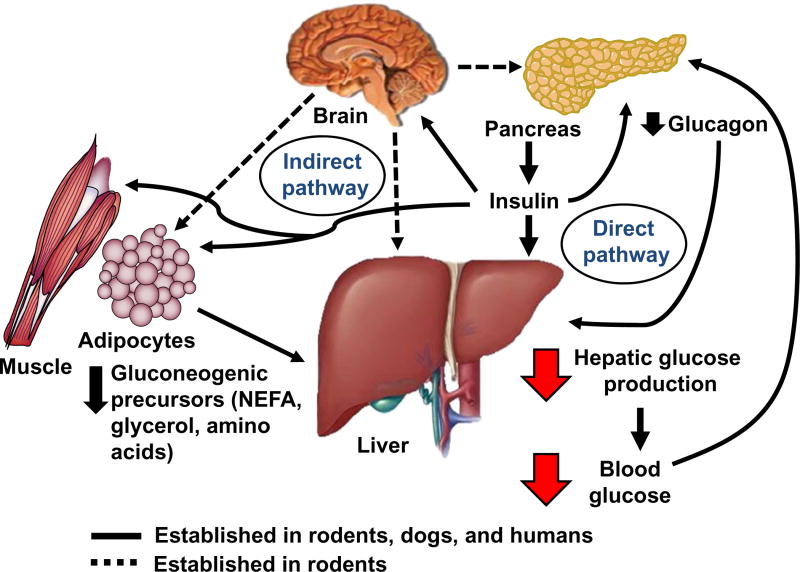Figure 1. Mechanisms of direct vs. indirect effects in the control of hepatic glucose production by insulin.
Insulin inhibits hepatic glucose production (HGP) via direct action at the liver (binding to hepatic insulin receptors) as well as indirectly at remote (extra-hepatic) sites. The indirect mechanisms of insulin on the liver include suppression of pancreatic α-cell glucagon secretion, inhibition of both adipocyte lipolysis (NEFA and glycerol) and skeletal muscle proteolysis (amino acids) to reduce the availability of circulating gluconeogenic precursors to the liver, and an increase in vagal efferent signaling to the liver via an action in the brain. In addition, insulin action in the brain has been shown to suppress pancreatic glucagon secretion and lipolysis which may reinforce insulin’s peripheral effects on these tissues.

